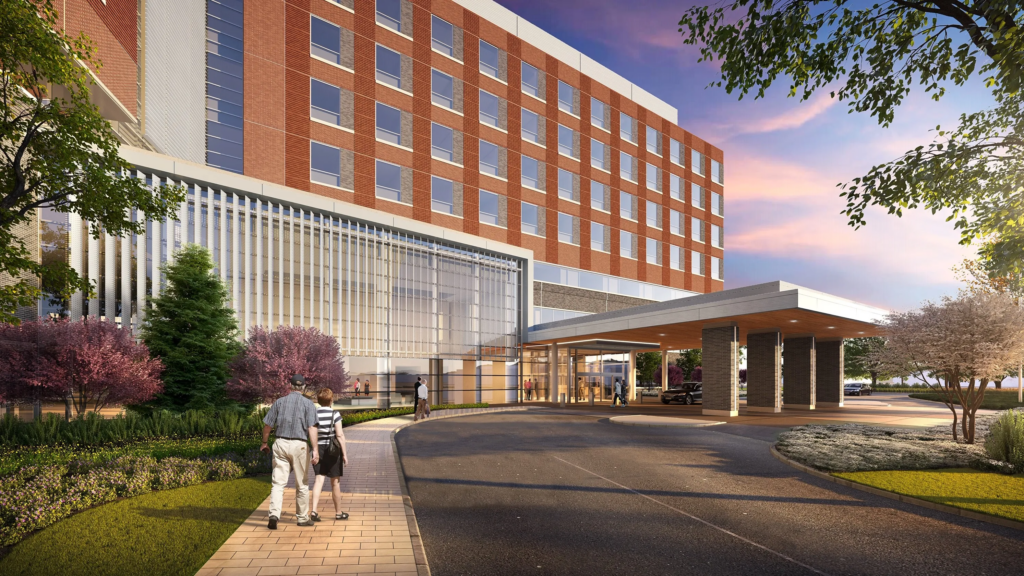Innovating patient care: The journey of Valley Health System towards building a 400-bed ‘Smart Hospital’
Set to open next year, the facility will optimize care delivery by using technologies such as artificial intelligence, smart beds and RTLS.

Valley Health System in Paramus, NJ, is preparing to transform the healthcare experience by building a new 400-bed inpatient “smart hospital” that incorporates intentional design and advanced technologies in its layout and infrastructure.
Set to open in early 2024, the facility is expected to optimize clinical efficiency, while also prioritizing patient comfort and safety.
“We’ve engaged staff from all areas of the hospital to design this building from the ground up,” says Eric Carey, vice president of information systems and CIO. “It’s been important for us to carefully consider the factors that can give both patients and providers the smoothest possible experience.”
Limiting interactions
One of their most vital decisions was determining the best layout to eliminate unnecessary interactions between patients and the public. “Our new emergency room will be placed next to the imaging department, for easy patient transport,” Carey says. “Surgical services is located just above the ER, with a dedicated elevator. A change like this can make a huge difference in the way that our community experiences care and can even improve recovery times.”
The facility will also employ an “on-stage/off-stage” model that separates patients and the public from general operations. “Rooms will include two-sided supply, medication storage and dirty linen bin access, so there is never a need to enter a patient’s space to check these items,” Carey notes.
“Each room will have electronic door signs that update with relevant data in real time. And in patient rooms, smart beds and new artificial intelligence video surveillance systems will identify fall risk behavior based on patient movements. This will help to keep our patients safe as well as improve our staff response times.”
Large interactive footwall monitors will give patients control over their lighting, window shades and room temperature. And the monitors will provide patients with easy access to their own medical record information, names and locations of their care-team members, and diagnostic images in their electronic medical record.
“Our new hospital will be very accessible, giving patients the ability to see key clinical information, and complete questionnaires and surveys from their beds. Displaying the patient record gives providers the dexterity to review results and discuss them right alongside their patients,” says Carey. “Even the food ordering system interfaces to the EHR to track any patient dietary restrictions. The value of these tools to improve patient/provider connections cannot be overstated.”
The role of a location system
Patients can also use their monitors to leverage information from Valley’s real-time location system (RTLS), for functions like identifying who enters their room (including name, title and photo). In addition, the RTLS will be integrated with the EHR to provide clinicians with up-to-date patient locations even when they are not in the patient room.
By leveraging their scheduling system for the interventional platform operating rooms, Valley can implement power utilization reduction by lowering airflow exchanges when rooms are empty.
“We look forward to seeing all the ways that a highly sophisticated approach to healthcare design and technology can improve the way we practice medicine,” Carey concludes. “We think the benefits to our staff and our community will be well worth the effort.”
